Bank of China celebrates seven decades since forming Inner Mongolia Autonomous Region
The Bank of China are commemorating seven decades since the country established Inner Mongolia as an autonomous region within China and what better way to do it than to release a trio of precious metal coins. Capable of some quite superb coin designs, the Bank of China has done a fine job again with the two silver and one gold coin being offered here.
The solitary gold coin is struck in 8g of gold, China’s equivalent of a ¼oz (7.78g) since they decimalised their weight system. The simplest design of the three, it depicts a very well realised horse in full gallop. Text in Han and Mongolian script occupies the top rim area of the reverse face and the denomination is inscribed at the bottom. The obverse will be familiar to collectors of modern Chinese coins as it carries the usual national emblem and is the same for the silver pair also.
Two sizes of silver coin are part of the commemorations, again using the new decimal weights and equivalent to 1oz and 5oz in the old troy weighting system, each with a different reverse design. The larger of the pair (150g) depicts a group of Dai (an ethnic minority in the region) performing one of their famous dances and the smaller (30g) features a Morin Khuur, also known as the horsehead fiddle, which is a traditional Mongolian bowed stringed instrument. The latter coin is embellished with elements of modern Inner Mongolia such as wind farms although both also incorporate the inscriptions present on the gold.
Each of the coins is struck to a proof standard, something the Shenyang Mint does very well. Mintages are set at 10,000 for the gold, 5,000 for the 150g silver and 20,000 for its smaller sibling. Available now.
MINTS DESCRIPTION
SILVER 30 – Ma Touqin, white Hada, with yurts, wind power, ranch, highway and other elements of the combination design, and published “70 years of Inner Mongolia Autonomous Region” Han, Mongolian words and denominations.
SILVER 150 – Mongolian An Dai dance dance scene, and published “the 70th anniversary of the establishment of Inner Mongolia Autonomous Region” Han, Mongolian words and denominations.
GOLD – Mongolian horse modeling, and published “70 years of the establishment of Inner Mongolia Autonomous Region” Han, Mongolian words and denominations.
COMMON OBVERSE – The national emblem of the People ‘s Republic of China.
INNER MONGOLIA
Properly called the Inner Mongolia Autonomous Region, it’s a region of the People’s Republic of China, located in the north of the country and containing most of China’s border with Mongolia. Its capital is Hohhot, and other major cities include Baotou, Chifeng, and Ordos.
The Autonomous Region was established in 1947, incorporating the areas of the former Republic of China provinces of Suiyuan, Chahar, Rehe, Liaobei and Xing’an, along with the northern parts of Gansu and Ningxia. It is the third largest subdivision of China, spanning approximately 1,200,000 km² (463,000 sq mi) or 12% of China’s total land area. It recorded a population of 24,706,321 in the 2010 census, accounting for 1.84% of Mainland China’s total population. Inner Mongolia is the country’s 23rd most populous province-level division.
The majority of the population in the region is Han Chinese, with a sizeable titular Mongol minority. The official languages are Mandarin and Mongolian, the latter of which is written in the traditional Mongolian script, as opposed to the Mongolian Cyrillic alphabet, which is used in the state of Mongolia.
Under the Constitution of the People’s Republic of China, articles 112-122, autonomous regions have limited autonomy in both the political and economic arena. Autonomous regions have more discretion in administering economic policy in the region in accordance with national guidelines. Structurally, the Chairman—who legally must be an ethnic minority and is usually ethnic Mongolian—is always kept in check by the Communist Party Regional Committee Secretary, who is usually from a different part of China (to reduce corruption) and Han Chinese.
The position of Chairman of Inner Mongolia alternates between Khorchin Mongols in the east and the Tumed Mongols in the west. Since the end of the Cultural Revolution, this convention has not been broken. The family of Ulanhu has retained influence in regional politics ever since the founding the People’s Republic. His son Buhe and granddaughter Bu Xiaolin both served as Chairman of the region.
SPECIFICATION
| NAME | 2017 MONGOLIA SILVER 30 | 2017 MONGOLIA SILVER 150 | 2017 MONGOLIA GOLD |
| DENOMINATION | 10 Yuan | 50 Yuan | 100 Yuan |
| COMPOSITION | 0.999 silver | 0.999 silver | 0.999 gold |
| WEIGHT | 30.0 grams | 150.0 g | 8.0 g |
| DIAMETER | 40.00 mm | 70.00 mm | 22.00 mm |
| FINISH | Proof | Proof | Proof |
| MODIFICATIONS | None | None | None |
| MINTAGE | 20,000 | 5,000 | 10,000 |
| BOX / COA | Yes / Yes | Yes / Yes | Yes / Yes |


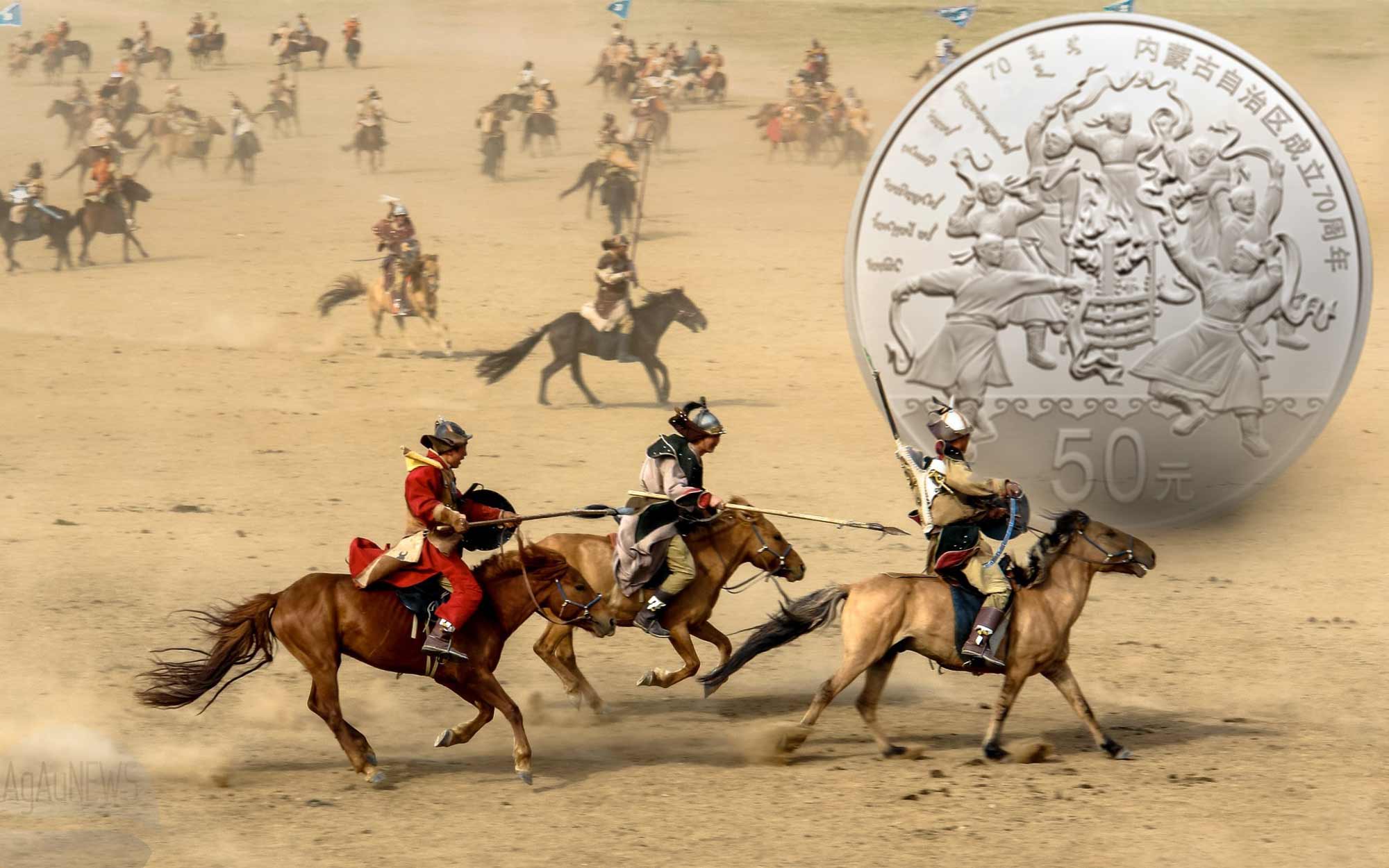
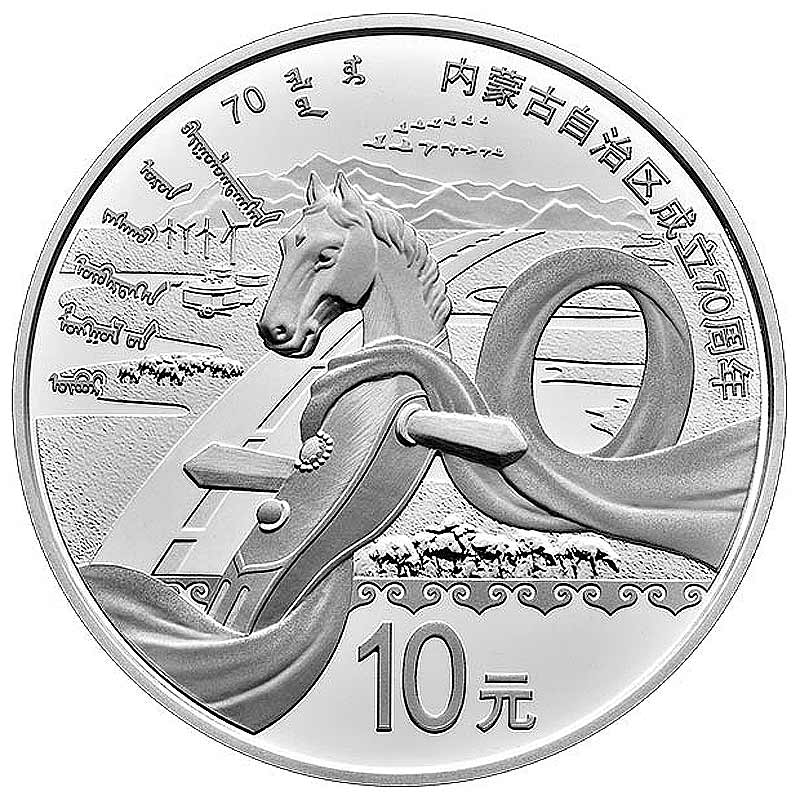
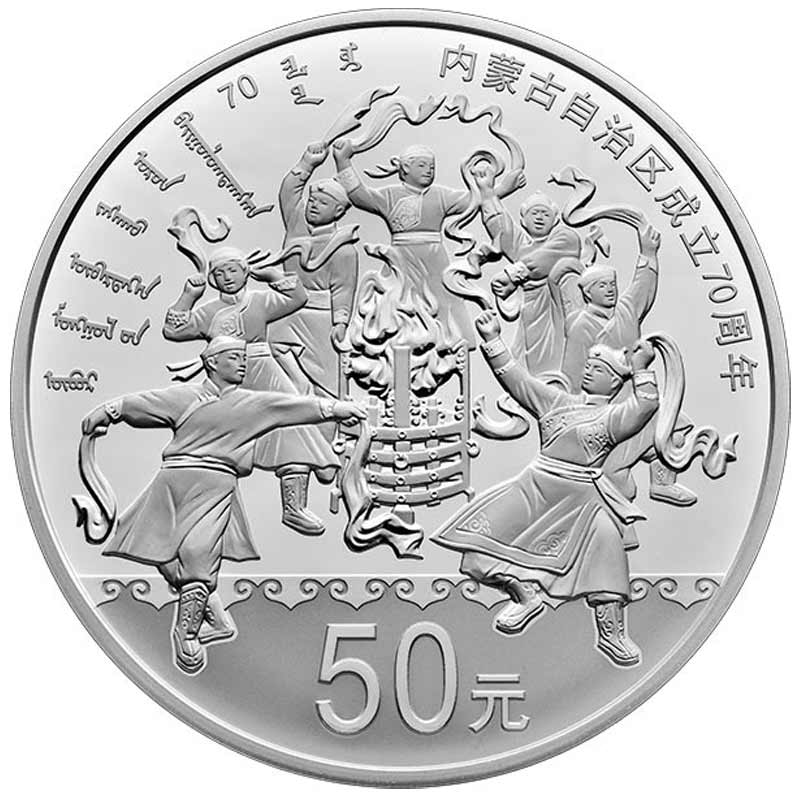
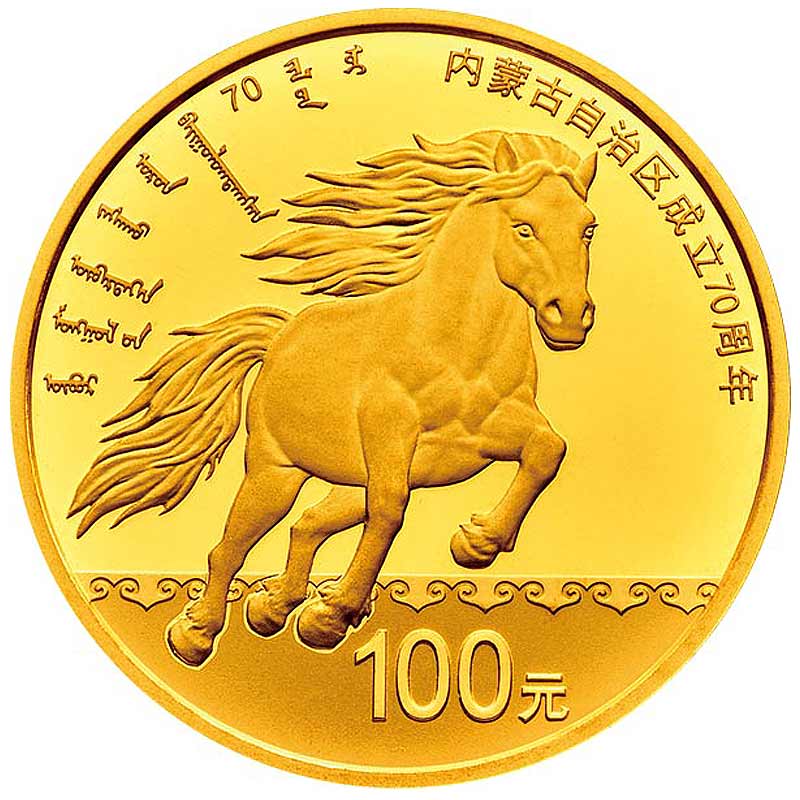
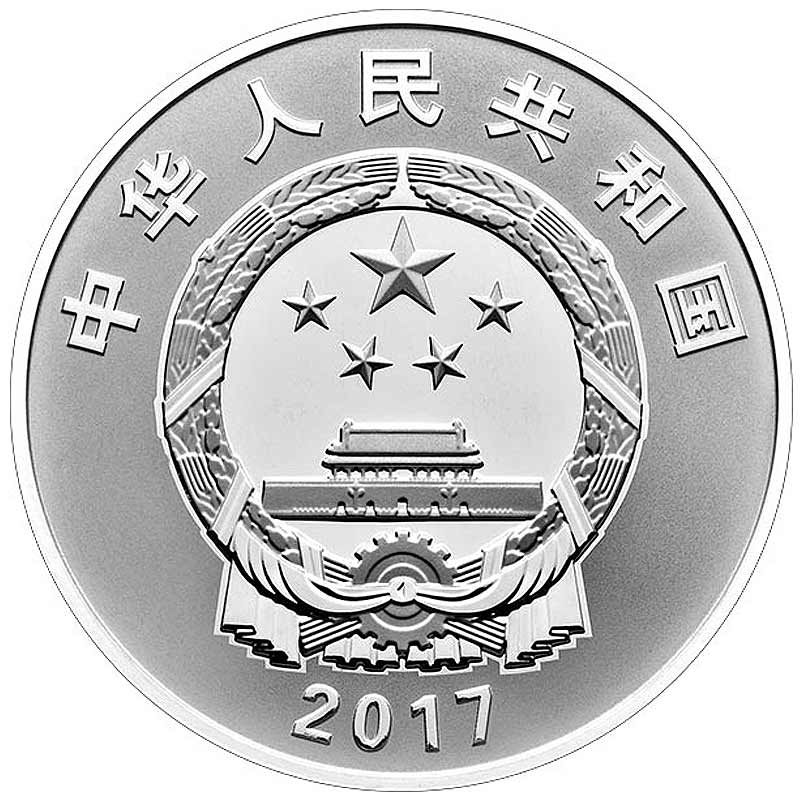
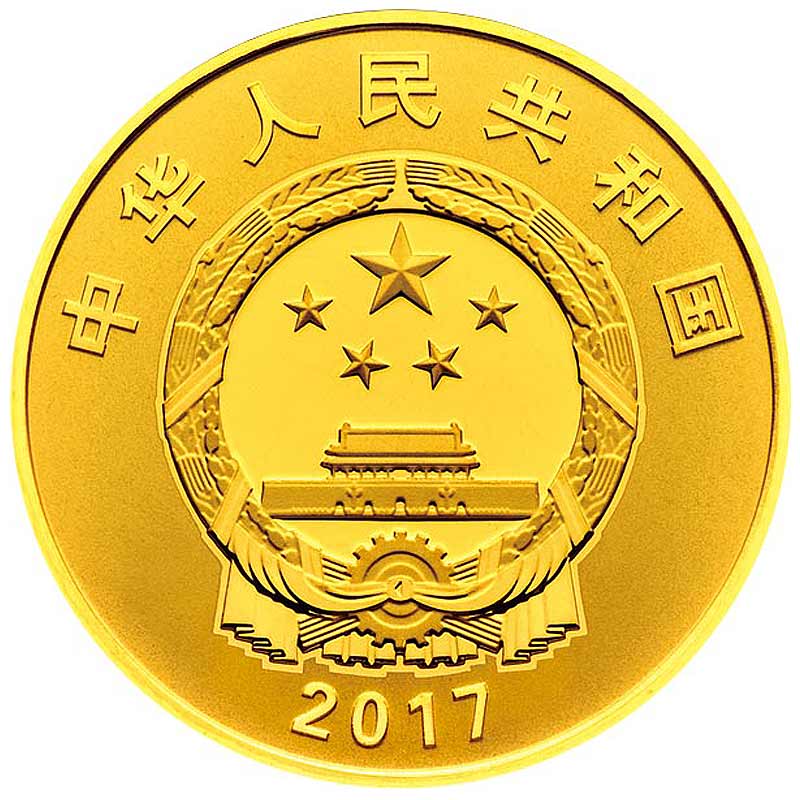
Leave A Comment